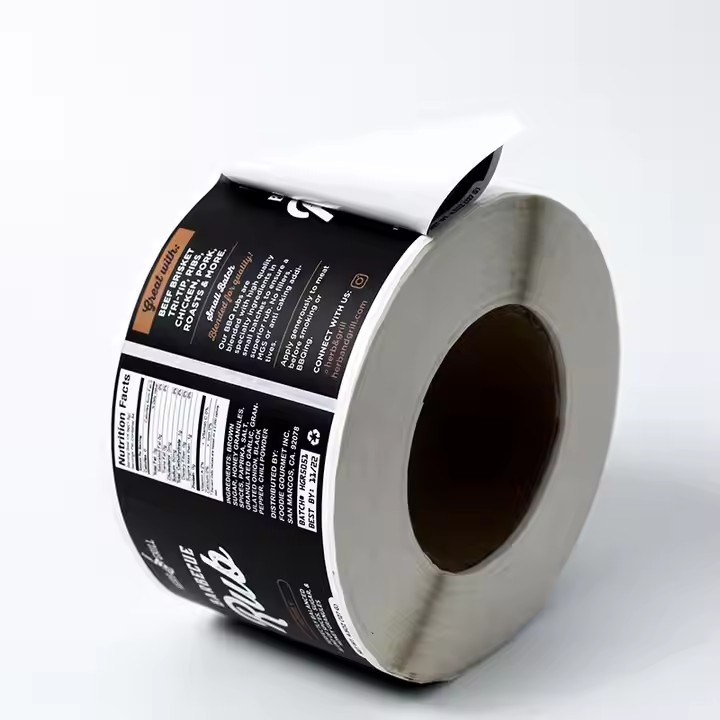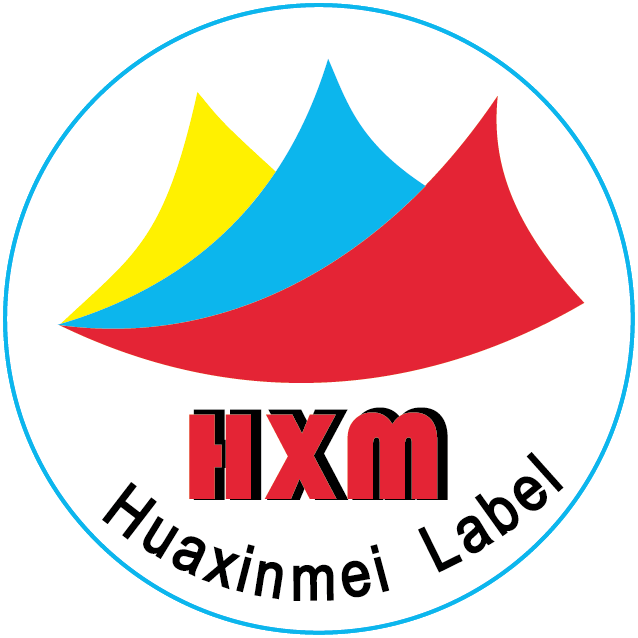There are many technologies for custom boxes. According to your needs, different printing technologies are used to meet the needs of different customers. If you have the need for custom boxes, you can contact Huaxinmei Label Industrial Co., Ltd. It has been professionally producing doors and windows for 18 years and has a mature supply chain. If you want to consult more knowledge about labels or want to consult, contact number: 8618680366752.
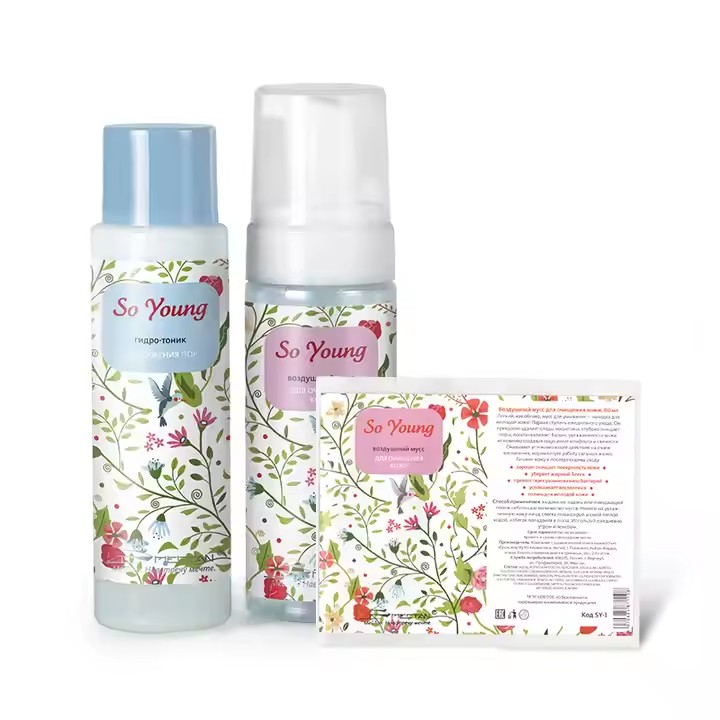
Design and modeling technology
After discussing with the customer, the customer’s needs, such as the size, shape, dimensions, style, material, pattern, etc. of the packaging box, should be clearly discussed in advance. Designers can accurately create a three-dimensional model of the box according to the customer’s needs, view and modify the design from various angles to ensure that the size, shape, structure, etc. of the box meet the requirements. For example, for some boxes with complex structures, such as custom boxes with special compartments, card slots or folding structures, three-dimensional design can accurately present their structures, facilitating designers to optimize and improve. Through parametric design technology, designers can set various parameters of the box, such as size, material, and color, as variables and quickly adjust the design according to different needs. This not only improves design efficiency but also ensures design accuracy and consistency. For example, when customizing boxes of the same style but different sizes in batches, only relevant parameters need to be modified to quickly generate a new design scheme.
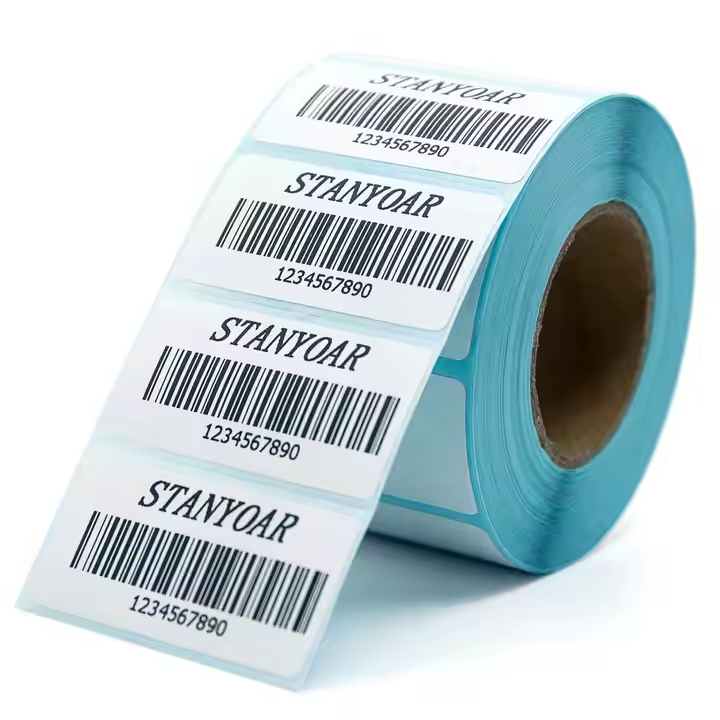
Material processing technology
Laser cutting technology has the advantages of high precision, high speed, and smooth cuts, and can accurately cut various materials such as cardboard, plastic, and metal. In custom box manufacturing, laser cutting can quickly and accurately cut out each part of the box according to the design drawings, ensuring dimensional accuracy and edge quality. For example, for some custom needs that require cutting complex patterns or words on the box surface, laser cutting can be easily achieved. For the size of the box, precise cutting is necessary to ensure that each box is the same size. Using laser cutting technology is to ensure the quality of the box. CNC cutting equipment controls the movement trajectory of the cutting tool through pre-programmed instructions to achieve accurate cutting of materials. Compared with laser cutting, CNC cutting is suitable for thicker materials such as wood boards and acrylic boards and can meet the processing needs of boxes of different materials. Digital printing technology can directly print the designed patterns, text and other information on the surface of the box without plate making. It has the advantages of fast printing speed, vivid colors, and clear images. For small batches and personalized custom boxes, digital printing can quickly meet customized printing needs, such as customizing gift boxes and cosmetic boxes with different patterns and logos. Digital printing can greatly improve the efficiency and speed of box production. Silk screen printing is a traditional printing technology suitable for printing large areas of patterns and colors. In custom box manufacturing, silk screen printing is often used to print some simple patterns, logos or text. Its printing cost is relatively low and it is suitable for mass-produced custom boxes. For some boxes that require a specific shape and structure, such as round, oval or boxes with curves, molding technology is a commonly used processing method. By making a mold, heating and softening the material and putting it into the mold, and applying pressure to make it take shape. Molding can ensure the shape accuracy and structural strength of the box and is suitable for mass production. For some paper or plastic boxes, folding forming technology is a simple and effective processing method. Pre-design folding lines on the material, and fold the material along the folding lines by machine or manually to form the box structure. This technology is suitable for making simple paper boxes, plastic boxes, etc., with high production efficiency and low cost.
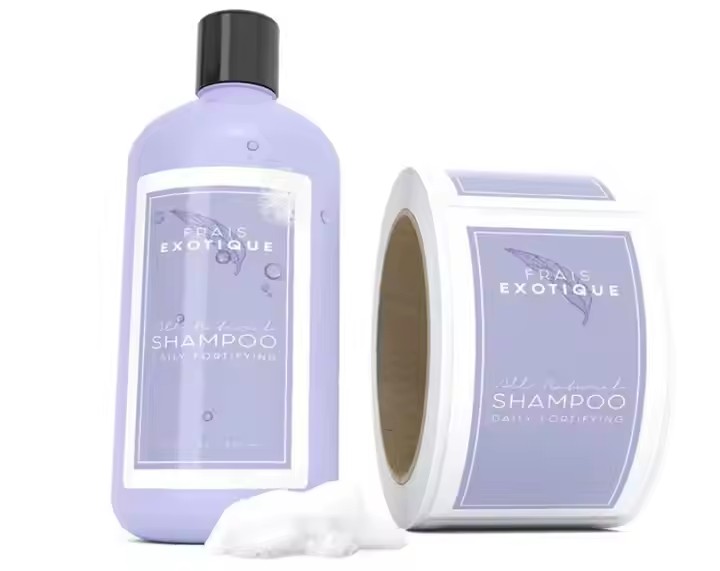
Quality inspection technology
Using equipment such as cameras and image sensors to inspect the appearance of the box, including inspections of dimensions, shape, color, pattern, etc. The visual inspection system can quickly and accurately identify appearance defects such as scratches, stains, and blurred printing, and promptly feedback to production personnel for handling to ensure the appearance quality of the box. Using cameras and image sensors can save labor costs and economic costs. Inspect the physical properties of the box, such as compressive strength, bursting strength, moisture resistance, etc. Through professional testing equipment, simulate the stress situation and environmental conditions of the box in actual use, and test whether the performance of the box meets the requirements. For example, for some packaging boxes that need to bear heavier items, compressive strength testing is required to ensure that the box can bear the corresponding weight without deformation or damage.
Information management technology
Through the production management system, comprehensively manage the production process of custom boxes, including order management, production plan formulation, material management, production progress tracking, etc. Production personnel can understand the production situation in real time, adjust the production plan in time, and improve production efficiency and management level. For example, after a customer places an order for a custom box, the production management system can automatically generate a production task list, arrange a production plan, track the production progress, and ensure that the order is completed on time. Manage and analyze the design data, production data, quality inspection data, etc. of custom boxes to provide data support for enterprise decision-making. Through data analysis, enterprises can understand customer demand trends, product quality status, problems in the production process, etc., so as to optimize product design, improve production processes, and improve product quality.
